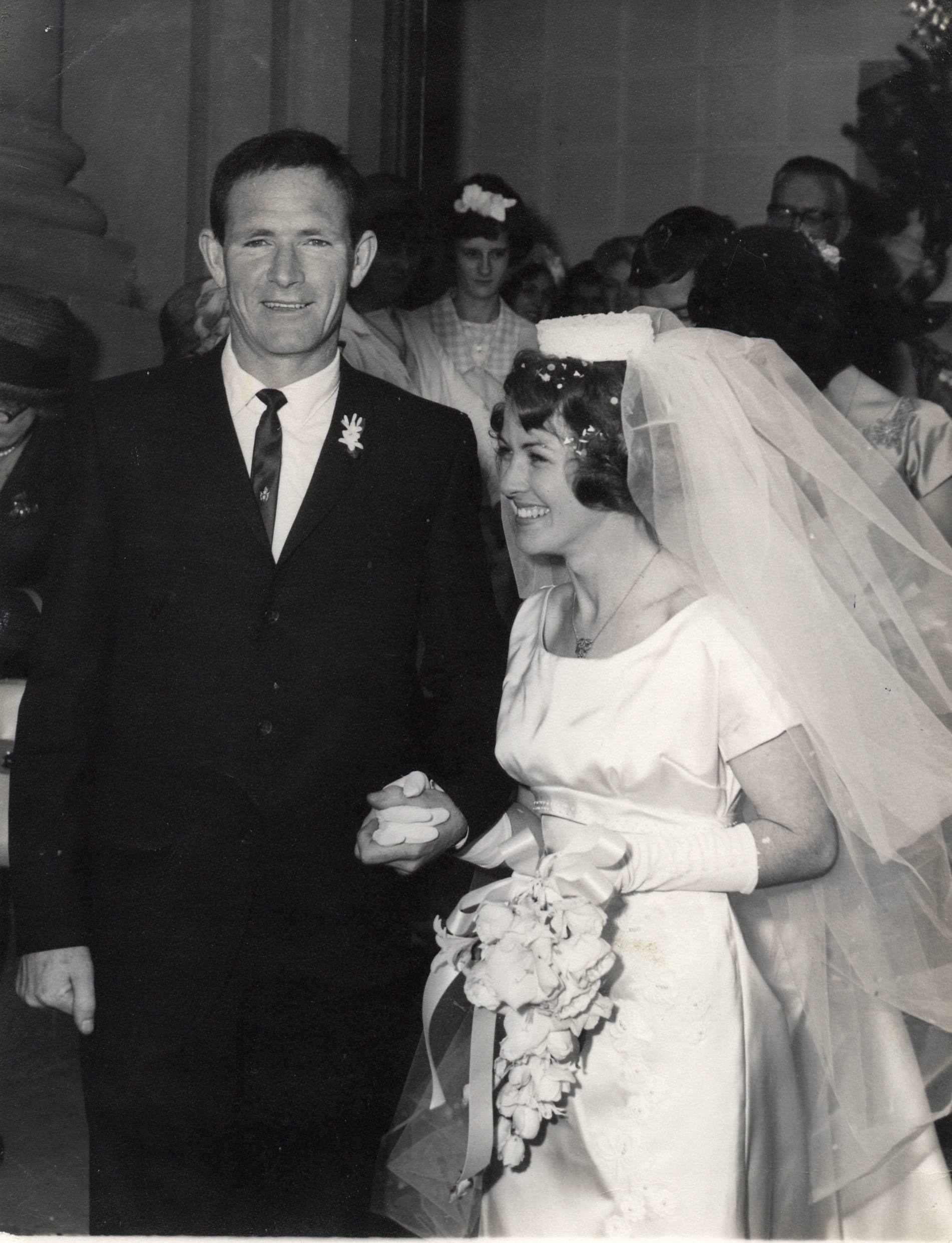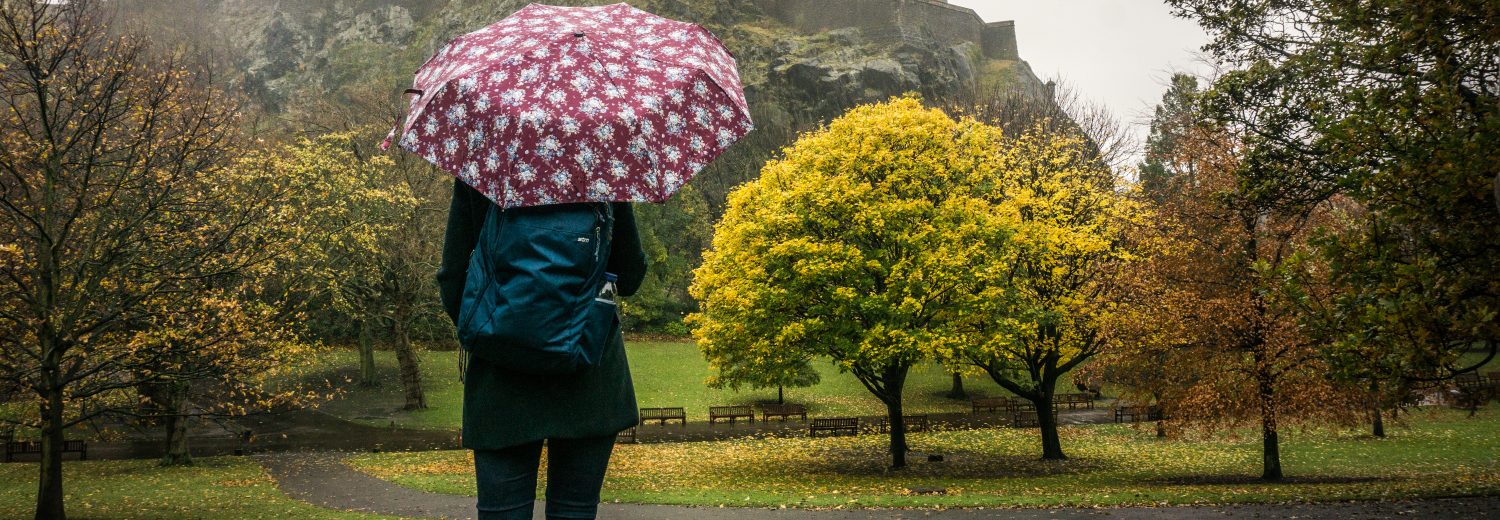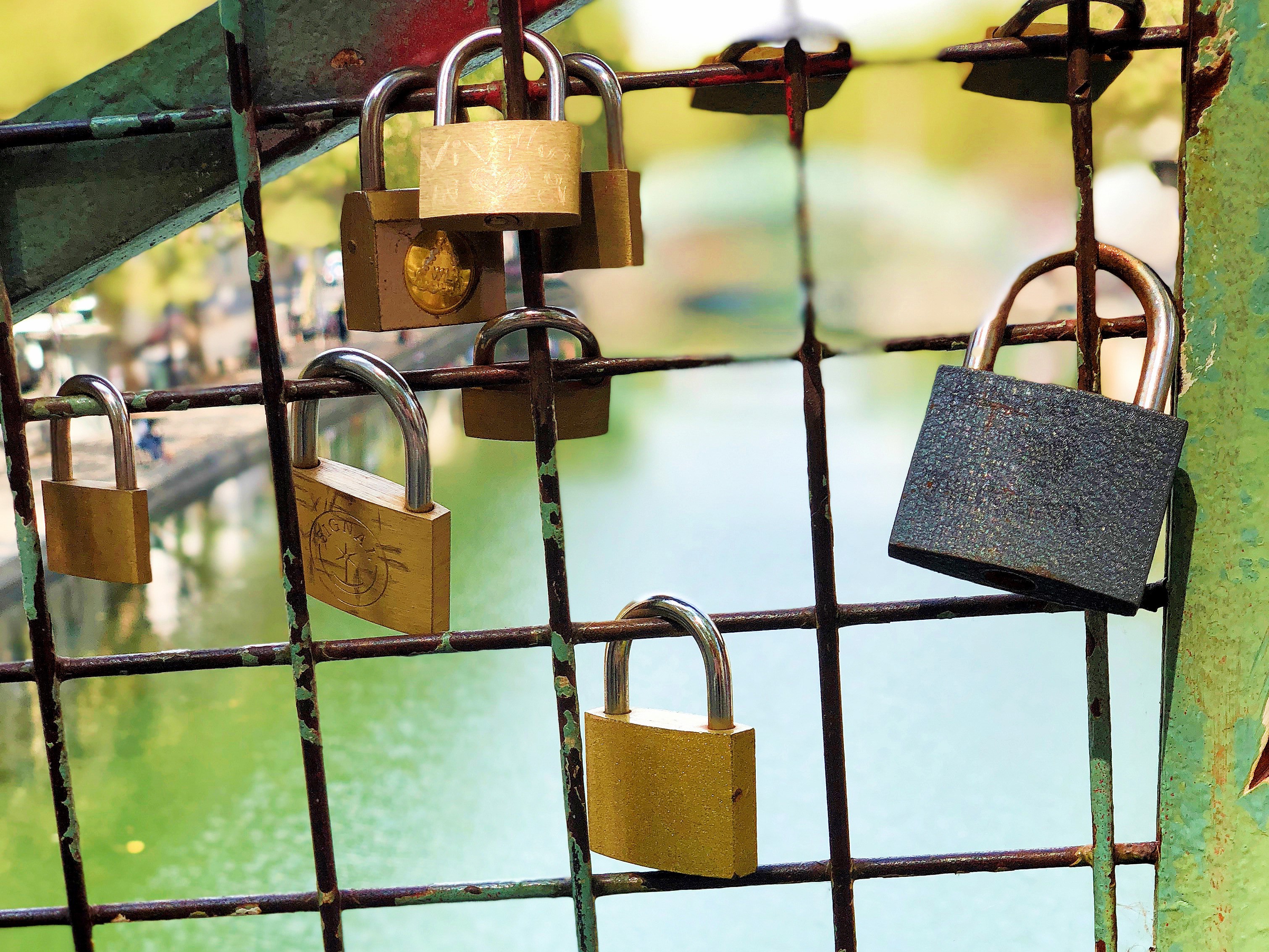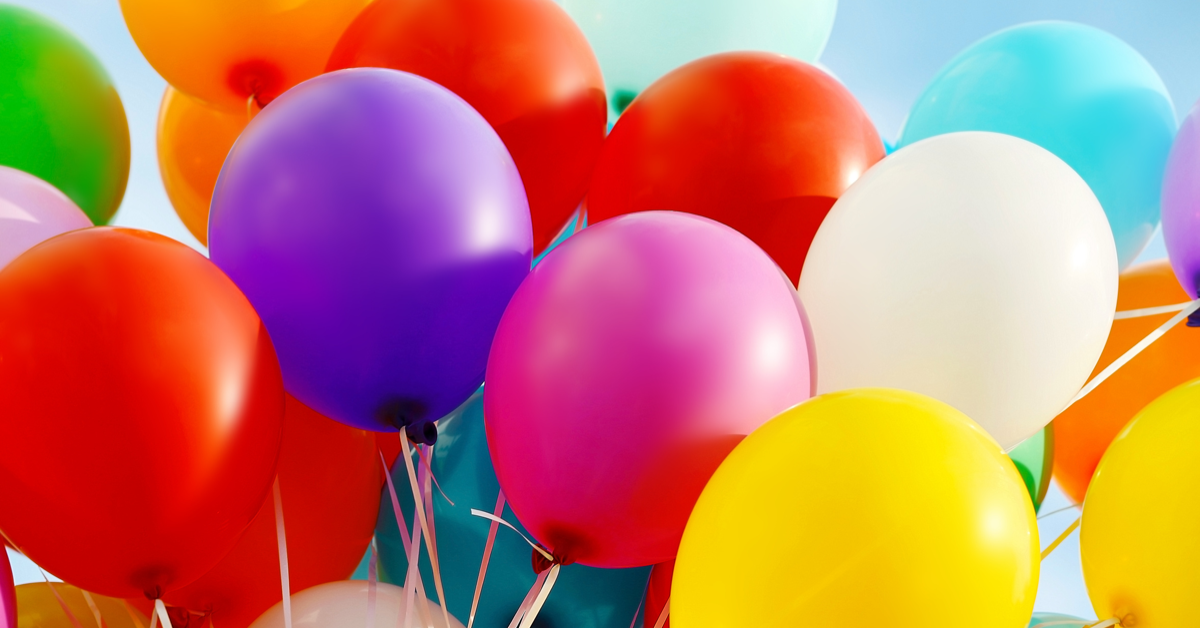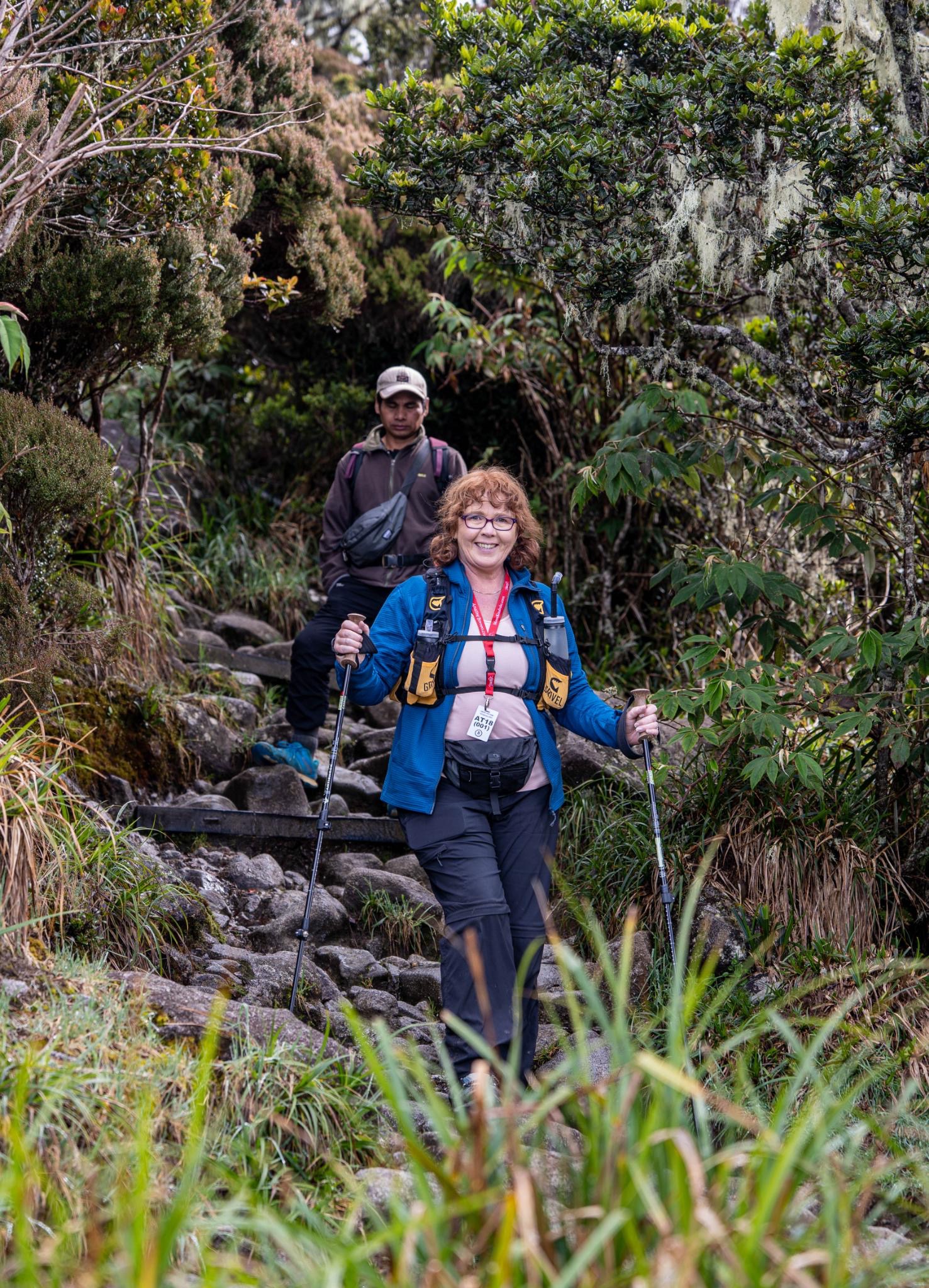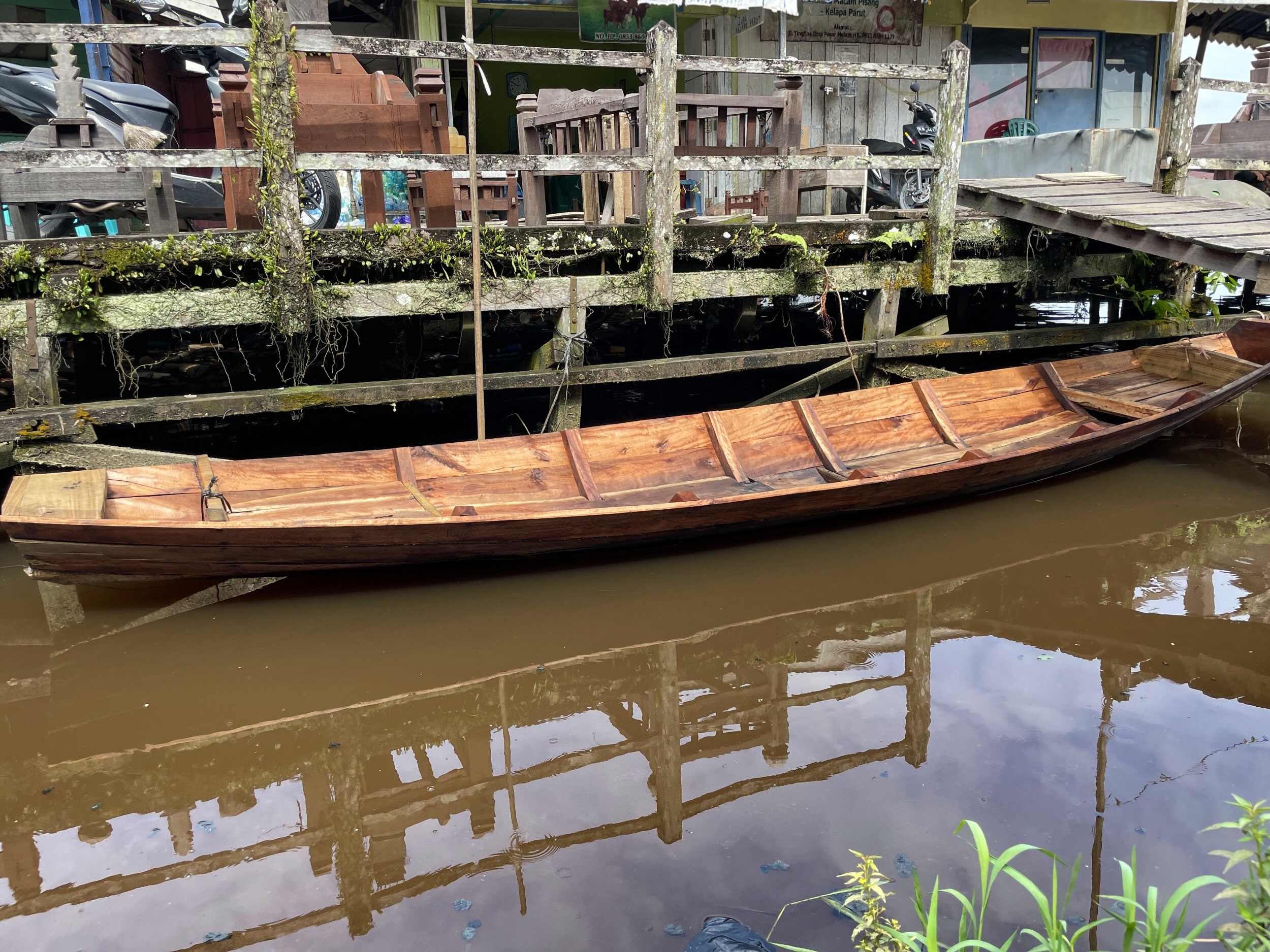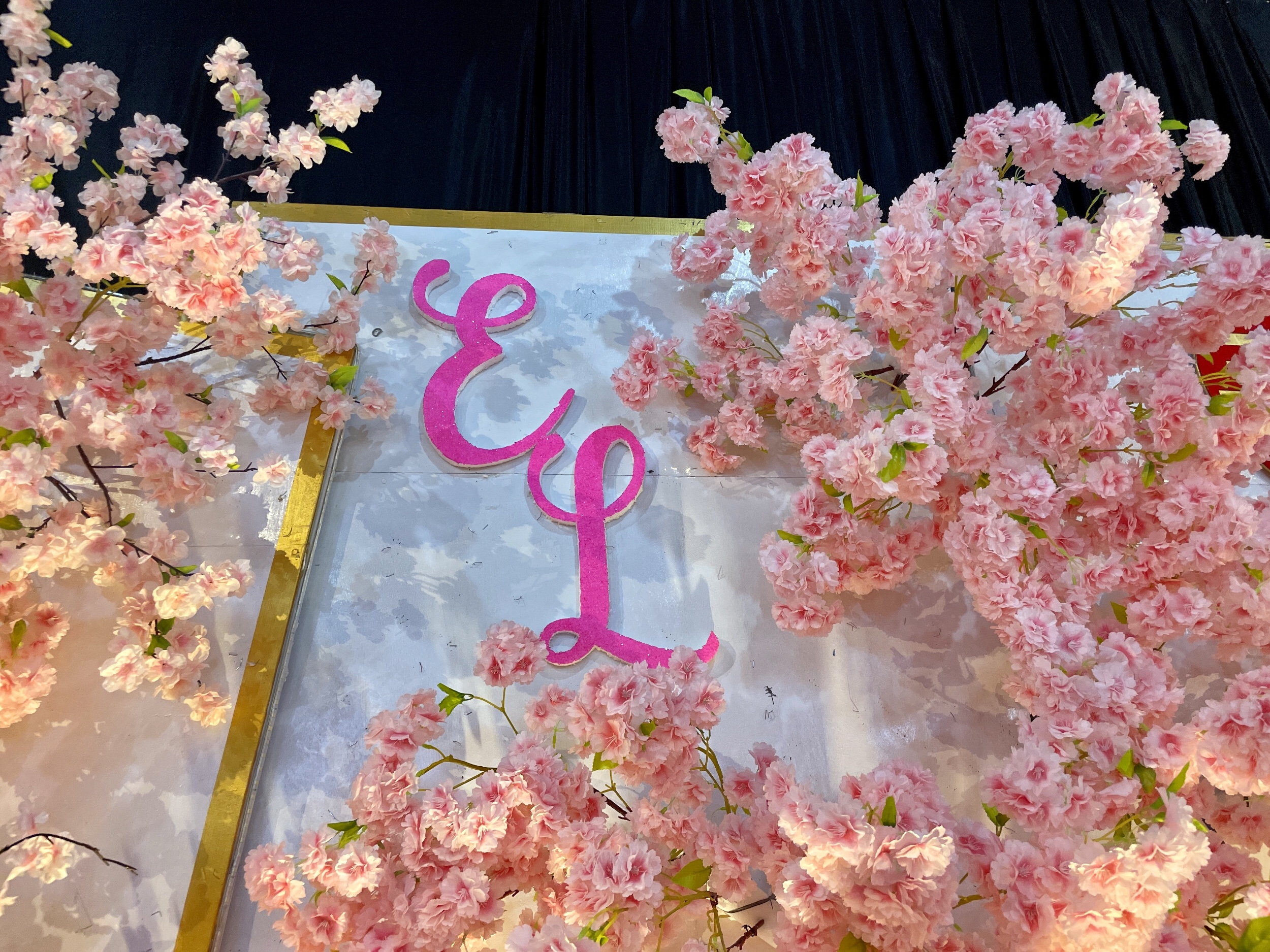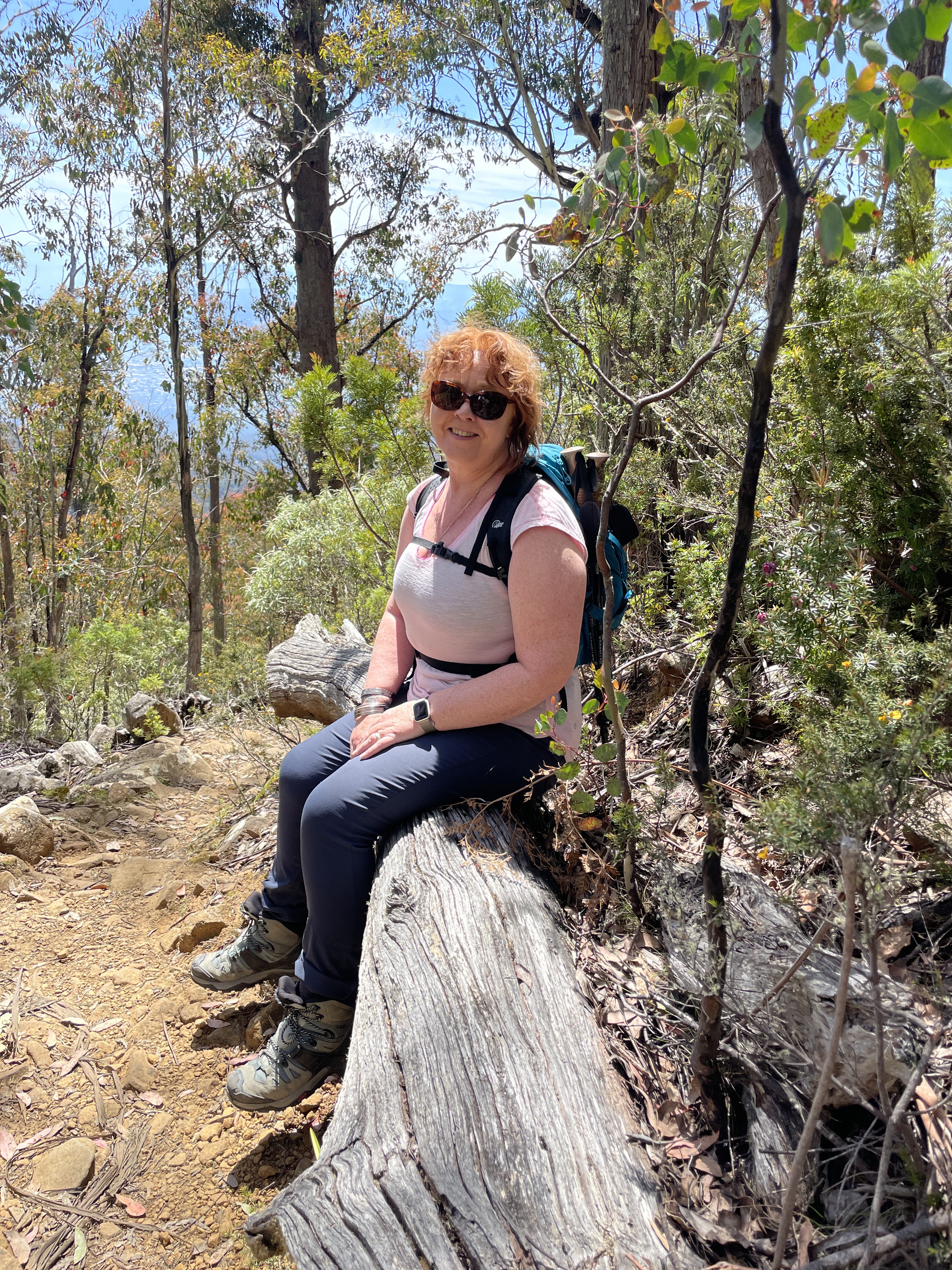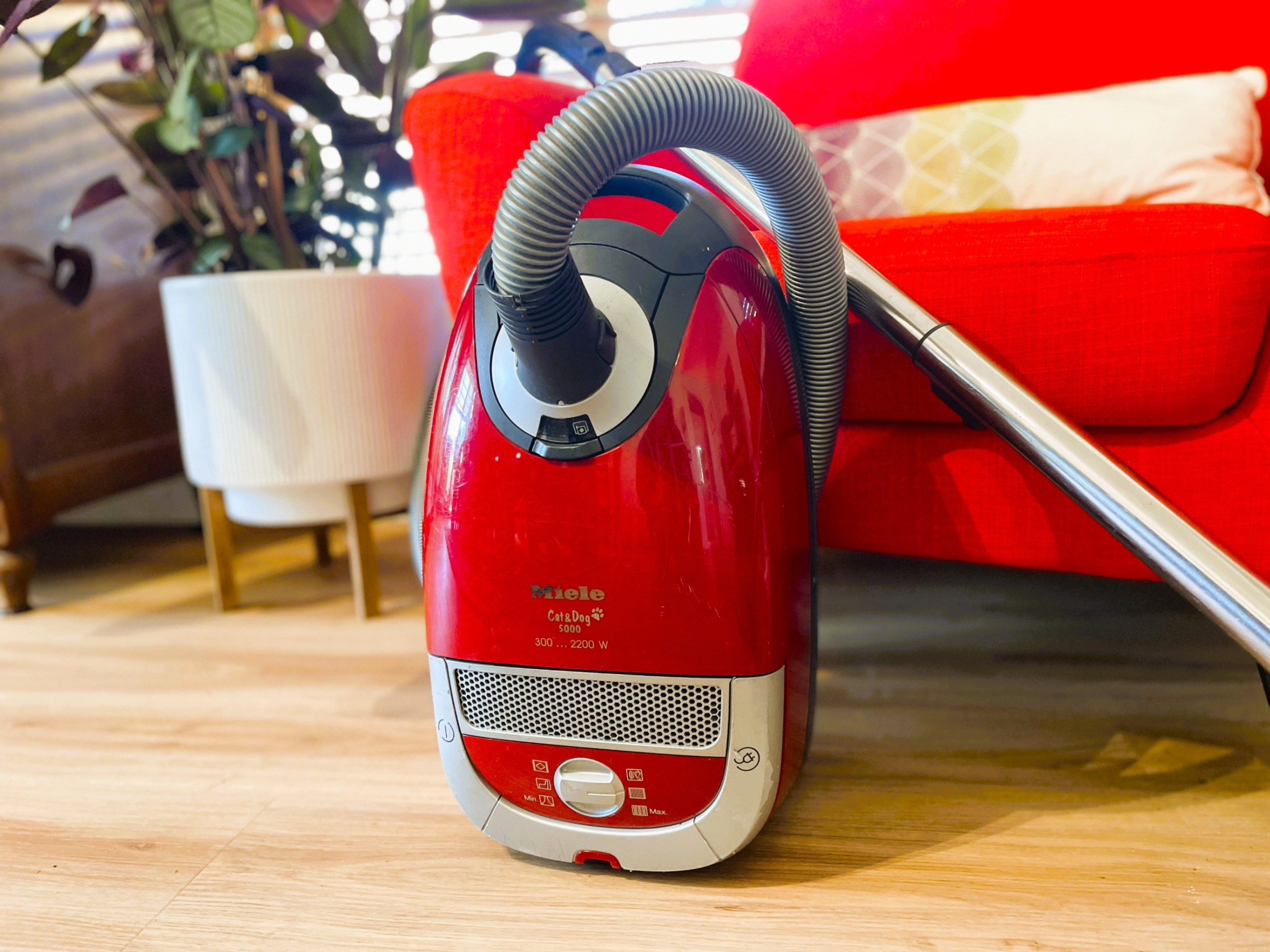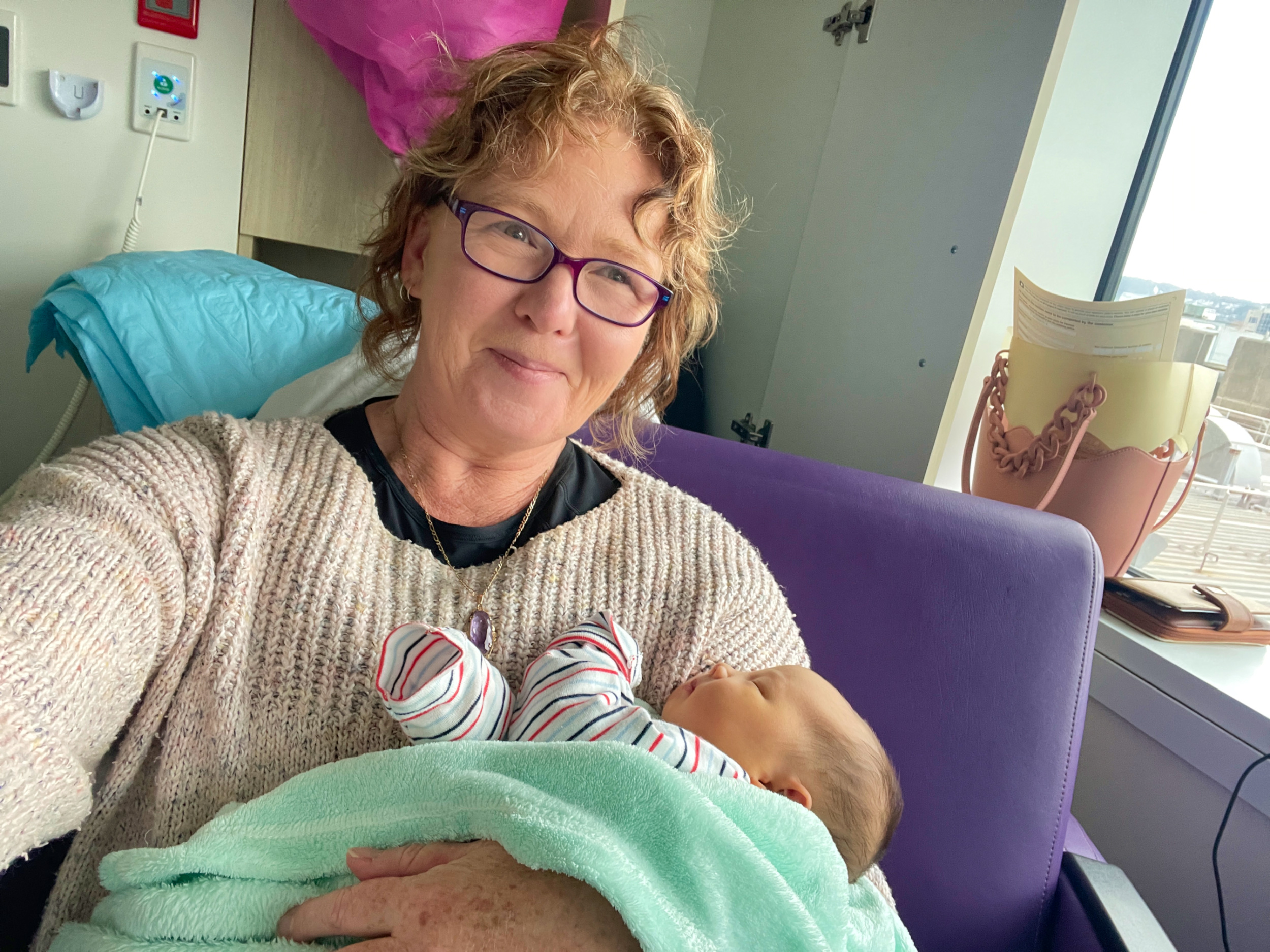EMBRACE [REJECT]
Ever wondered why a bulimic “chooses” to throw up?
Or what thought processes are going through someone’s head when they’re doing something most consider astonishingly dysfunctional, unpleasant and possibly insane? Here’s an average day, in the life of a bulimic. An (unemployed) bulimic with a gastric lap band – aka, surgical bulimia… (And ps, if you’re a bulimic wannabe looking for “tips”, I’m trying not to offer any. The internet is full of them – if that is the path you really want to travel. I have no desire to inflict this pointless and painful journey on anybody. Ever…)
Woke up feeling exhausted but still pretty good emotionally! Leapt out of bed and jumped on the scales. My daily routine – get up, go to the toilet, strip naked, stare down at the fateful numbers that will dictate the beginning of my daily inner monologue. Prior to seeing those numbers, it’s Schrodinger’s cat all over again – my self-worth is both dead and alive simultaneously.
Today my weight is up. I’ve now hit a dreaded number, slap bang in the middle of my healthy weight range. A number that also represents the weight at which I was first sent to Weight Watchers as a teenager. Therefore any number from here and above = fat, and demonstrates my continuous failure to control my appetite and hedonistic desires, and led to me sitting in the Weight Watchers piggy corner more often than not. My BMI is now 22. I hate, hate, hate the thought of being at 22 again. I want it to be 20. Or 18. Or 15. Or really, I just want to disappear… Because if I can’t get on top of it now, I’m going to be back at 24, or 26, or 33 again… And the god-awful shame of being so fricking fat – again!! And knowing everybody is looking at me, thinking how inevitable it was I’d regain it all. Because I’ve done it loads of times now.
I hate being so weak.
I still don’t feel too bad today – emotionally. I can see and feel light. Positivity. Hope. There hasn’t been a lot of this lately. So today I will eat like a normal person – whatever that means. Perhaps if I stick to fruit and veg and a little bit of protein, I’ll “feel good” about what I eat. I don’t know what that would feel like… In 50 years, I have never, ever, “felt good” about what I’ve eaten.
I contemplate whether to make porridge for breakfast, or to go to the effort of cooking a couple of eggs to have with baby spinach and gluten free toast. Surely that’s nutritious? And normal? And not ridiculously fattening? I wonder how many calories it has? How many carbs? Best not to look it up… That would be reinforcing and relearning old behaviours. But as soon as I go downstairs I see leftover sticky black rice custard in the fridge. It was delicious. Nobody else liked it though, so it will go to waste if I don’t eat it. I know it’s just carbs– but at least it’s homemade… Right? And this is just a one-off… And if I eat it with some banana and Greek yoghurt it might be construed as healthy? Perhaps if I eat it fast enough, it will get “stuck” and I’ll be able to throw it up easily, then maybe go for a long walk, and the rest of the day will be better.
I sit up in bed, eating my dessert-breakfast and sipping chai tea. Should I throw it up or not? I very rarely throw up breakfast… If I throw up the first meal of the day, I throw up the rest of them, and I end up feeling utterly exhausted and have a sore throat and husky voice and bad reflux and an aching belly, and I worry I’m damaging my lap band. So I eat slowly enough to make sure it stays down. Finish my cuppa, check emails and catch up on the news.
Time to get gym clothes and walking shoes on.
I’ve had a crap breakfast and now I need to make a valiant effort to at least walk a few grains of rice off. I’d probably have to walk to the equator and back to actually burn off what I’ve consumed… But a one hour walk to the beach should be enough to offset it a little bit. Right?! I’d like to start jogging again, only I’m having trouble with my hamstring and my knee joints –getting too old! I wonder if I’ll ever be able to run again?! That would be a quicker way of burning off my flabby fat.
I walk to the beach, thinking the whole time what kind of moron needs to exercise two-three times a day, just to burn off a small percentage of calories from food she ate, but didn’t really want to eat? What kind of idiot, willingly consumes foods they do not want, and do not need? Why am I so obsessed and stupid and WHY can’t I just eat like a normal person? Perhaps if I get a job – I think I’m mentally ready to work now, I’m in a much better place than I was a few months ago – perhaps if I get a job I’ll get a “normal” routine and be able to eat three “normal” healthy meals a day just like a “normal” person.
Get ready and organised to visit grandma at the nursing home. Oh gosh… She wanted me to replenish her biscuit supply. Even though it’s pretty much me that eats them all the time… Drop by the supermarket and grab two packets – you know, to save me going back in a hurry. Then grab a third variety of biscuits. Because you know, perhaps she’s getting bored with the ones she has? And the fact this new packet is an old favourite is irrelevant…
I’m sure the only person I’m thinking about now is grandma.
Arrive at nursing home to discover she’s still in bed – apparently refusing a shower today. She refuses most showers… She’s in a bit of a grump, and when I suggest she might like to have a shower, because she’s only getting one or two a week, I get a few more strips torn off me. I make us both a cup of tea and crack open the biscuits that just moments before, I was bargaining with myself not to eat. Not one, I said in my head – because if I start I won’t stop, I know that! I eat eight biscuits while making a cup of tea – shoved them in really quickly, no enjoyment, just washed down with guilt and self-loathing. When I get back to her room, I manage to throw a couple of them up. Now I’ve really only eaten two biscuits. The morning turns out not too bad all things considered. Only eat about four more biscuits – but successfully throw them all up. I manage to use a few different toilets so nobody can witness me throwing up or using them “too frequently”. I also manage to avert my eyes after each purge, so nobody can see my flushed face and tear-filled eyes. It’s impossible to purge without watery eyes…
Wander into the city about 2pm and can’t decide whether to eat or not eat. Eat or not eat. This dialogue has been going on in my head ever since I opened the stupid packet of biscuits, which I knew I would eat, and hate myself for. If I want to be a normal, healthy person, then just accept I ate some biscuits and go and eat some normal healthy lunch when/if I feel hungry. But then again, I’ve only eaten rice custard and biscuits today so there’s nothing normal. Perhaps I should eat some vegetables and protein to get some nutrients in and settle my mood. Under no circumstances will I go and eat takeaway crap. Try and distract myself as much as possible.
Hang on – that wrap in the bakery looks delicious!
It looks like roti bread? Filled with pulled beef and Asian greens. Looks kind of cool and delicious. I’ll get that. With a latte. That’s almost healthy, right? Beef has protein and my iron is plummeting again – because I never keep food down. Buy the wrap and toffee and spy a chocolate raspberry brownie. But now I’m thinking, this is high carb, low nutrition food again. I need to eat as fast as is humanly possible because then I have an excellent chance of throwing it all up and losing some of that weight I’ve been gaining.
Shove it in really quickly, making sure that as soon as my lap band starts to feel uncomfortable I pile more on, because then I’m guaranteed to chuck. I squeeze the whole roll in. It’s painful, and not pleasant – uncomfortable doesn’t even really begin to describe it. Success. I’ve shoved it in. Tasted pretty good, but washed down with hate and mental images of my grotesque and scar riddled body getting even fatter. I can’t bear the thought of food staying inside me.
I get the coffee down and only manage about three small bites of the brownie. I wonder how long I need to stay seated here so it’s not obvious I’m eating and then purging immediately? I’ll wait three minutes… Lucky the toilets are nearby – I am incredibly uncomfortable and I absolutely do not want to spontaneously vomit in the middle of the coffee shop. The toilets are busy… The cubicles furthest from the door and mirrors are all full. I’ll have to use the one fourth from the end. Hopefully nobody will notice my feet facing the wrong direction… And I desperately hope nobody can hear me with my fingers down my throat, gagging and retching. I don’t like throwing up in public toilets –so unclean! I don’t like to get too close or touch it at all – gross!!! But it’s harder to purge really thoroughly… I get all the brownie up and maybe half the roll? It’s always hard to tell… I don’t have a bottle of water with me, so it’s hard to get any more up. And I would be mortified if other women in the toilet knew what was going on. Sit a few minutes longer and hope my eyes won’t give me away when I emerge. It is SO exhausting throwing up. I’ve got big bags under my eyes now. And after I’ve thrown up, I always have this ludicrous desire to go and find more food to feed the “hole” in my belly. Which is 100% emotional and 0% hunger… But I want to feed that emotion with food anyway – just as I have always done. And the exhaustion. Throwing up is so tiring.
Quick wander around town, and go do some spontaneous “retail therapy” shopping – that I can’t afford because I’m now unemployed… But retail therapy sometimes substitutes the “eating therapy” – both of which are just destructive ways of numbing the hatred burning inside me.
I have physio at 3pm. She checks my hips and back again, and I have to stand in front of the mirror wearing just shorts and a singlet top. I have huge wads of fat slumping over the edges of the shorts. It is utterly disgusting… Utterly. I have no idea what other people look like under their clothes – and I don’t particularly care. I couldn’t care less how other people look – they all look beautiful to me (well, mostly!) But every ounce of me is too big, too wobbly, too white, too tall, too ugly, and I’ve heard these messages every day of my 50+ years – sometimes from other people, but more often these days, from myself.
Even total strangers have considered it okay to comment on my weight.
I was walking along the beach once, had gained back a few kilos – quite a few… Maybe 15-20? So, I was a bit overweight – not enormous! But overweight. Probably looked like a pretty normal, plump, middle-aged woman truth be told… But a nice Greek lady who smiled at me every day as we passed each other on our daily walk, felt it appropriate to stop and say, “What happened to you?! You used to be so skinny?!” I was a bit dumbstruck… I just said, “I got fat,” and kept walking. All my life my weight has been noticed, and remarked upon. Last Thursday, grandma said, “How did you overcome the fat gene?! You were a fat baby, you were a fat child, and you were a fat teenager!” When I stared at her like she has two heads (a look she should be familiar with by now…) she just repeated, “Surely you know you were a fat baby, a fat child and a fat teenager?!” I told her I was also a fat adult… Then attributed all my current weight loss to the lap band. Which has a modicum of truth!
But I received an interesting comment from my physio. She said, “You’re always trying to be smaller.” And she said it with no judgment at all – nothing to say I should gain/lose/maintain weight. Just an observation that I want to be smaller – wear really flat shoes, lose weight, try and get as small as possible – because that is what my mother desired of me. And now I’d like to be so small I disappear…
Came home and pottered around a little, while downing a cup of tea and some more rice custard. Which I successfully purged – so much easier at home. Went to gym for an hour then came home to find my husband had cooked nachos. He just gave me a fairly small serving. But after the appropriate amount of time had passed, I snuck off to the toilet and got rid of every last morsel. Well… I tried to! Discovered at that point that the weather has turned cold and wet and nasty, so put on my good weather proof jacket and walked to the beach again. Freezing my arse off – the only person traipsing along the streets, in the vain hope of burning more calories. Will three hours of exercise be enough? Somehow, I don’t think so… This over exercising mindset is new… I don’t know that others would approve. I have to figure out ways to hide it when possible.
Got home late – wet and cold and miserable, every ounce of my body sore and aching. I’m too old for this shit. Finished off the sticky black rice so I don’t have to face that dilemma again tomorrow. Sick to death of being sick so I keep it down. Wash it down with several glasses of water and a herbal tea.
Write a blog post about what a moron I am. Realise I am utterly, utterly exhausted. Purging is physically demanding and psychologically soul destroying. I hate every ounce of my being, virtually every waking minute. Despite seeing a positive body image film called Embrace last night, I have made no progress at all. I feel no different. I looked at all those women – different shapes, sizes, ages, afflictions, abilities, strengths, weaknesses… I looked at them and admired their body confidence and believe with every ounce of my soul that THEY are beautiful. But I can never be. I can never be beautiful or thin enough. And it is a vain, shallow, meaningless thing, but it is all I want. It was the one thing my mother wanted from me.
Today was a pretty good day all things considered. But tomorrow, I’ll try to eat nothing at all. Because this attempt to eat like a “normal” person, is a miserable failure.

